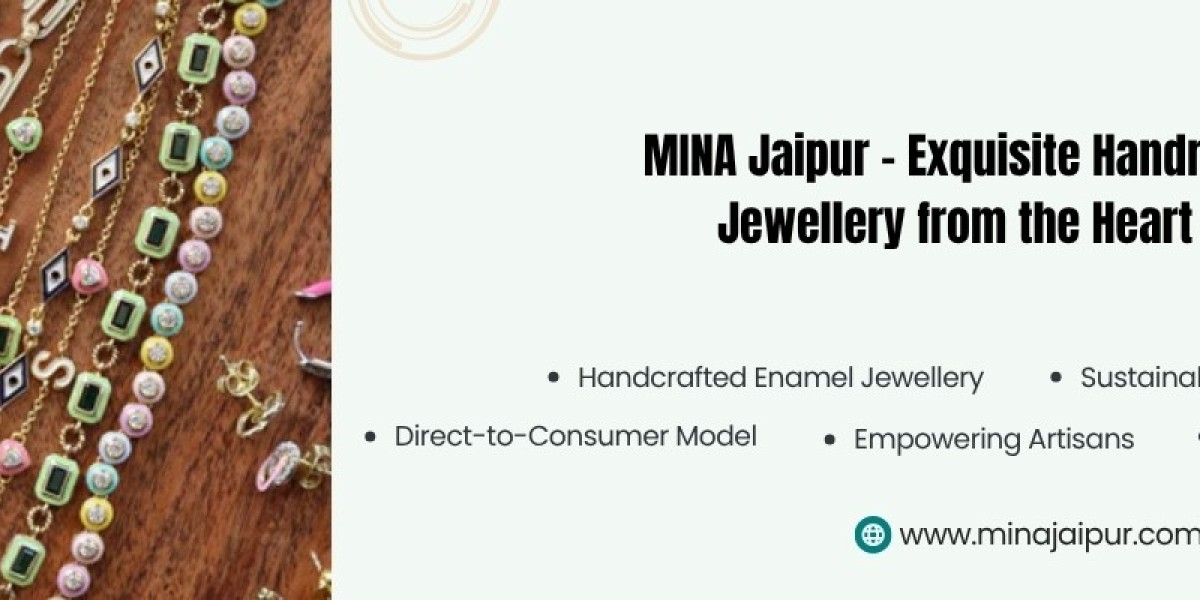The internet is evolving—and so should your business. Welcome to the era of Web3, a decentralized and user-empowered version of the internet that's changing the way businesses operate online. For entrepreneurs and developers, understanding Web3 is not optional—it's essential for staying relevant in the digital future.
In this article, we’ll break down what Web3 means, how it differs from Web1 and Web2, and what it means for your business website. Plus, we’ll explore the technologies behind Web3 and how you can start preparing your online presence for the decentralized web.
What is Web3?
Web3 refers to the third generation of internet services, where decentralization, blockchain technology, token-based economics, and user control over data are at the core. It represents a significant shift from the centralized platforms and services of Web2, where large corporations control most of the data, content, and monetization opportunities.
In Web3, users interact peer-to-peer without intermediaries. Think of it as an internet where users own their data, control their identities, and can directly participate in governance and monetization.
The Evolution: Web1 vs Web2 vs Web3
To understand Web3 better, let’s look at how the web has evolved:
Web1 (1990s–early 2000s): Read-only. Websites were static, and users could only consume content.
Web2 (2004–present): Read-write. Dynamic and interactive, enabling social media, e-commerce, and content creation, but largely controlled by tech giants.
Web3 (emerging): Read-write-own. Users own their data, identities, and assets through decentralized apps (dApps), powered by blockchain.
Core Technologies Behind Web3
Web3 isn’t just a buzzword—it’s powered by real technologies that businesses are already adopting:
Blockchain: A transparent and immutable ledger for data and transactions.
Smart Contracts: Self-executing code that automates agreements on blockchain platforms.
Cryptocurrencies & Tokens: Digital assets used for payments, access, governance, and rewards.
Decentralized Storage: Systems like IPFS (InterPlanetary File System) that replace traditional centralized cloud storage.
Digital Identity: Blockchain-based self-sovereign identity management.
What Web3 Means for Your Business Website
1. Greater Transparency and Trust
With blockchain integration, your website can offer customers more transparent processes—like traceable product sourcing, verified reviews, and secure transactions. Trust becomes built-in, not optional.
2. Data Ownership for Users
Web3 empowers users to own their data. Businesses will need to move from a “collect-and-control” model to a “permissioned access” model. This can actually build deeper customer loyalty, as users appreciate transparency and respect for privacy.
3. Tokenized Ecosystems
You can create token-based loyalty programs, offer NFT memberships, or build community incentives using tokens. These not only add value but also encourage active user participation.
4. Decentralized Authentication
No more relying solely on Google or Facebook logins. Web3 allows users to log in securely via blockchain-based wallets, enhancing privacy and reducing security risks.
5. Smart Contract-Driven Commerce
E-commerce businesses can benefit from automated payments, delivery triggers, and royalty distribution using smart contracts. It reduces friction and ensures fairness for all parties.
6. New Monetization Models
Content creators and businesses can earn directly through crypto micropayments, pay-to-access models, or token subscriptions, avoiding fees from intermediaries.
Should You Adopt Web3 Right Now?
Web3 is still evolving, but early adopters have a clear advantage. If you're in tech, finance, e-commerce, media, or gaming, the shift is already happening.
Here’s what you can do now:
Start With Education
Understand the basics of blockchain, wallets, tokens, and smart contracts. Share this knowledge within your team.
Integrate Crypto Payments
Allow customers to pay using crypto. Platforms like Shopify and WooCommerce already support this via plugins.
Experiment with NFTs or Tokens
Create NFT-based memberships or token-driven reward systems to test community engagement.
Explore Web3 Domains
Buy blockchain-based domains like .eth, .crypto, or .dao which allow censorship-resistant hosting and wallet-based websites.
Challenges to Consider
While exciting, Web3 isn’t without challenges:
User onboarding is complex (wallets, private keys, gas fees)
Scalability and speed are still being improved
Regulatory uncertainty can impact crypto-related services
Lack of awareness among mainstream users
That said, with innovation accelerating, these hurdles are being addressed rapidly. Web3 is likely to follow the same curve as early Web2: slow adoption followed by explosive growth.
Final Thoughts: Embrace the Web3 Opportunity
Web3 is more than a trend—it's a transformation. For businesses, it’s an opportunity to build more resilient, transparent, and user-centric websites that align with the future of the internet.
By adopting Web3 principles and technologies, you position your business as a forward-thinking, customer-first brand in an increasingly decentralized world.
Ready to Future-Proof Your Website?
Whether you want to explore Web3-based authentication, token rewards, or smart contracts—start small, test ideas, and build incrementally. Your users will thank you for the trust, transparency, and control.
The decentralized web isn’t just the future. It’s already here.







